A VERY good question, with an answer that depends on what you value, but for most people, it will be an older CD player.
Let me instead ask you this: What’s better: a CD player that is beautifully built, reliable over decades and sounds great, or a player that only sounds great, but lacks the beautiful build quality of older machines and will almost certainly fail after only a handful of years?
Carefully consider this question because, in a nutshell, it reflects where we’ve arrived in consumer CD player land. Even two grand these days buys you fancy-looking plastic garbage, so deciding what’s better for you means understanding what’s changed. You ain’t going to get that from a salesperson, unfortunately, so as we do here @ Liquid Audio, allow me to assist.
I realise that CD lovers have become aware of this article via the renewed interest in CDs and perhaps because this article has been linked somewhere on the interwebs. This article and others like it are written specifically for people like you who appreciate these enduring little silver discs and the hardware that plays them.
The Golden Era
In terms of build quality, serviceability, service life and ‘vintage goodness’, older CD players are almost always better and nicer to own than new ones. Even in terms of sound quality, older players often sound superb, sometimes better than expensive new ones. When you consider that CD playback technology was matured by the naughties, this is not incredibly surprising.
Just as I keep saying that you want a turntable from the golden age of analog, you should try to find a really good CD player from the golden age of CD. It makes sense when you think about it. And when is the golden age of CD? For me, it’s a roughly 20-year period from the late ’80s through to around 2007.
Newer players can sound great if you spend decent money. This is mostly due to improvements in DAC architecture, but that’s about all that’s improved in terms of Redbook CD playback. It’s not easy to find great-sounding affordable players, and I’ve noticed that many newer players sound thin, etched and lack body. There’s nothing worse than a thin-sounding source, even if it is as smooth as you like, so keep this in mind.
Whether old or new, a CD player + stand-alone DAC are almost always the best way to go anyway. Other things like lasers, power supplies, loaders (mechanism), build quality, and serviceability are critically important in a CD player. These elements are rarely as well designed and implemented as they were in older players. Newer CD players often don’t last much more than five years, vs. sometimes 40 years for players I work on that still run well and herein lies the point: older players are generally much better built, more reliable and longer-lasting.
Let’s look at a few examples:
A Modern CD player…
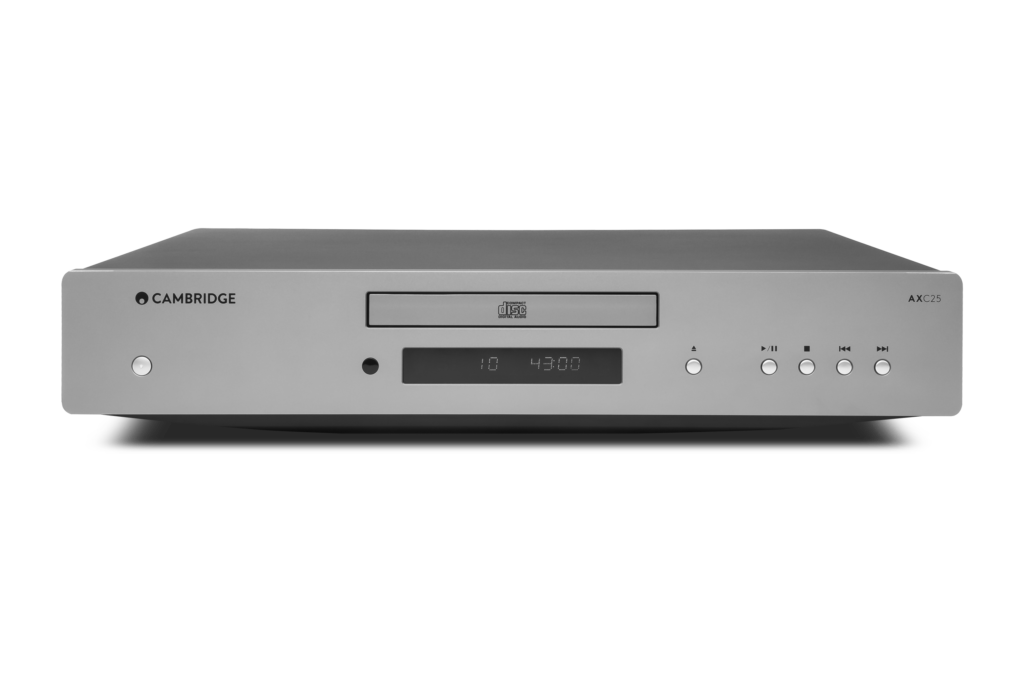
THIS is a CD Player:
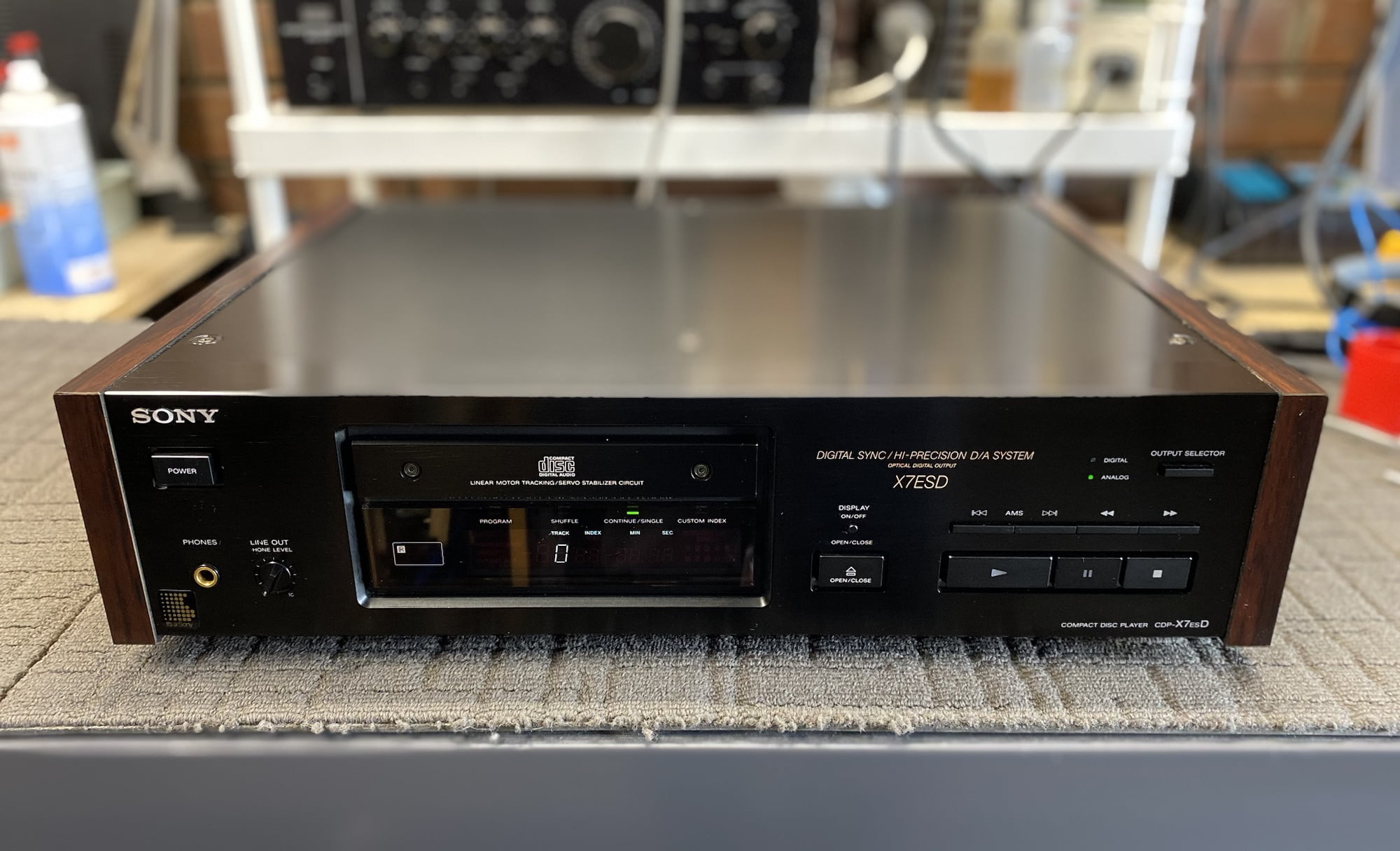

The Sony CDP-X7ESD features transformers for balanced audio outputs, separate analog and digital power transformers, premium parts and metal construction. It is fully serviceable and still runs perfectly, all these years later in 2024. This was a high water mark and I assure you that NO modern players are built like this. They don’t manufacture bespoke laser mechanisms like this anymore.
It’s worth noting that when used as an integrated player via its onboard DAC, it sounds veiled and lacks resolution compared to the best Redbook CD equipment I’ve heard. These limitations are easily resolved with a nice modern DAC though. See how easy this is?!
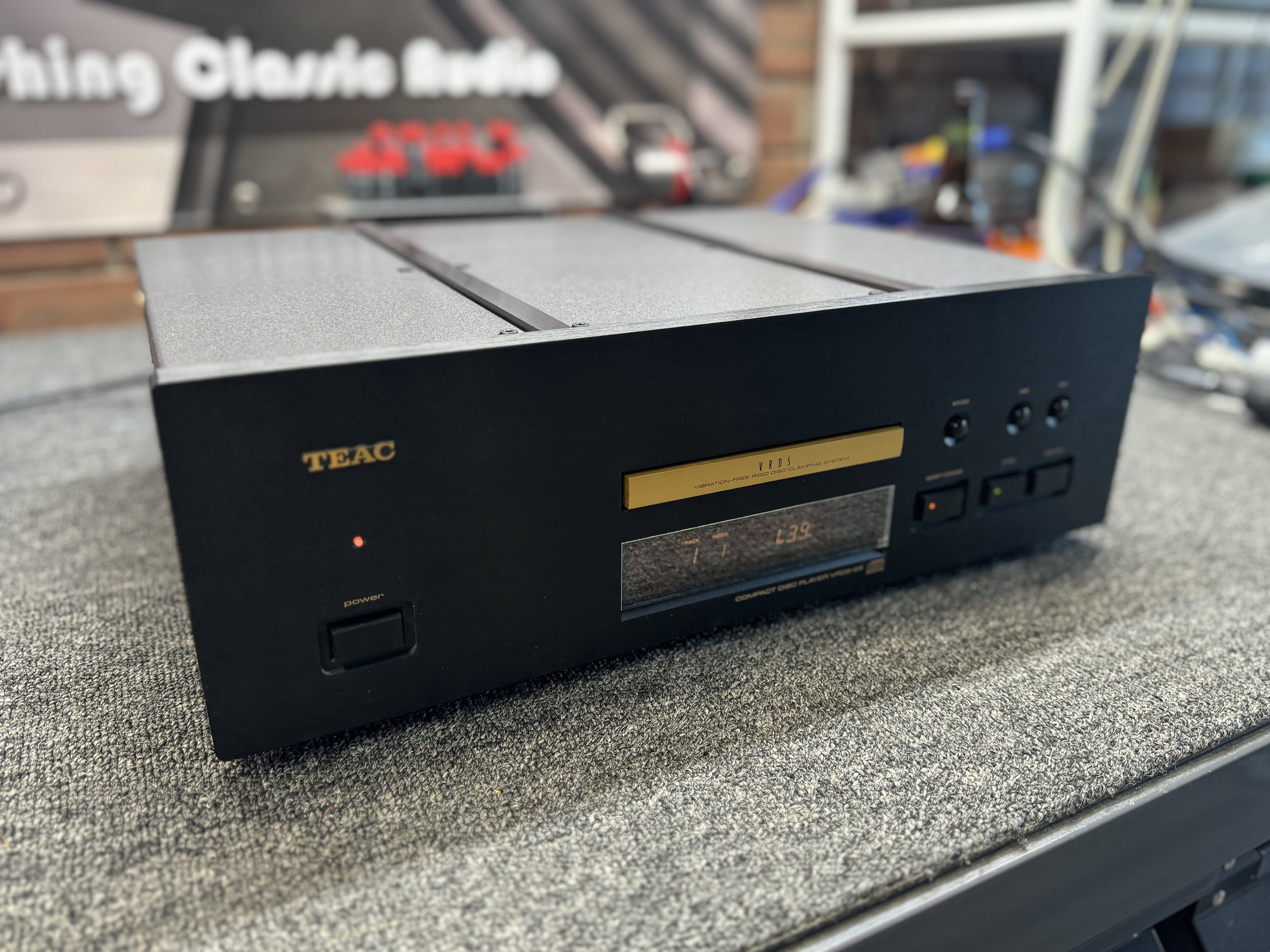
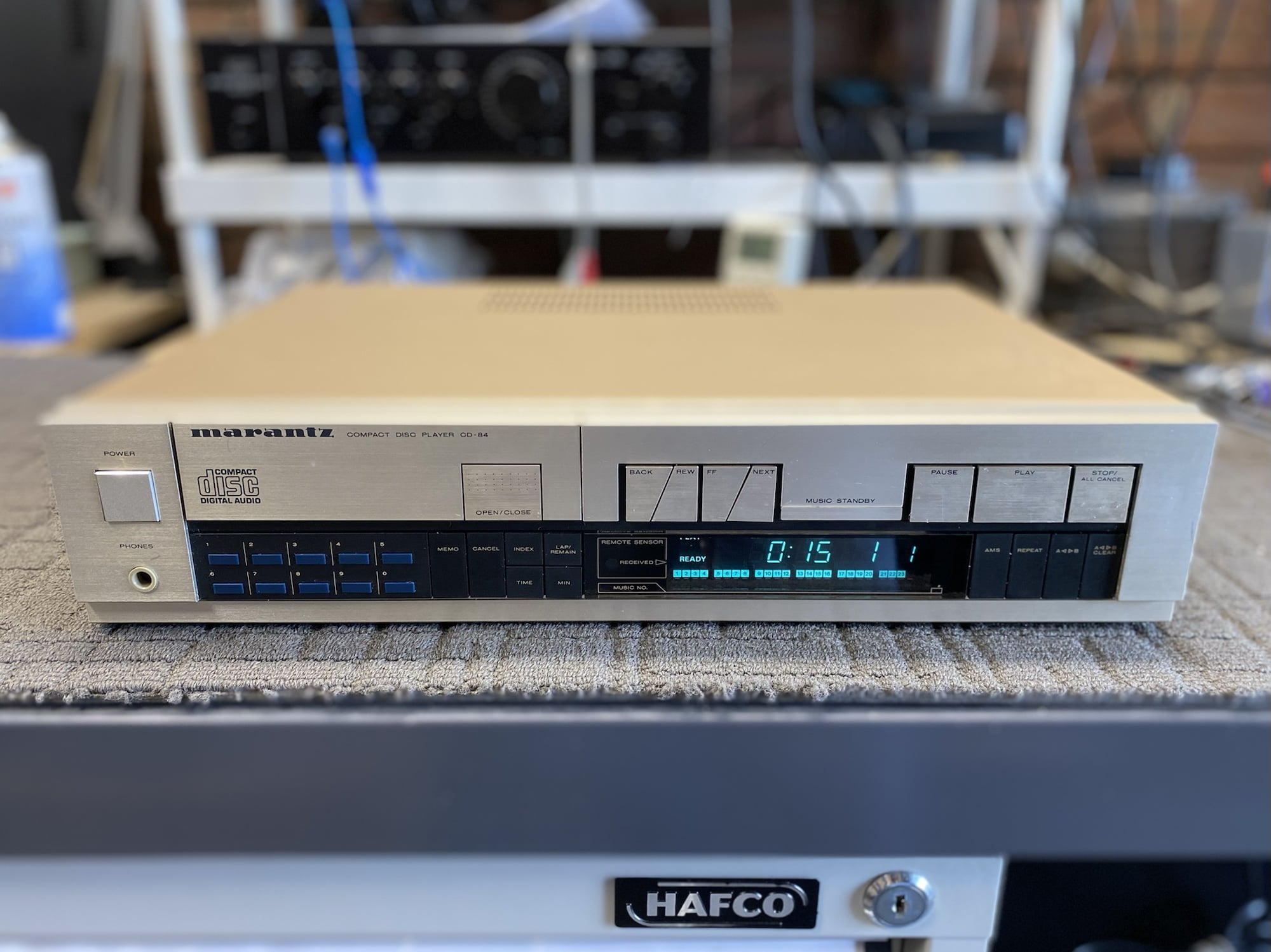
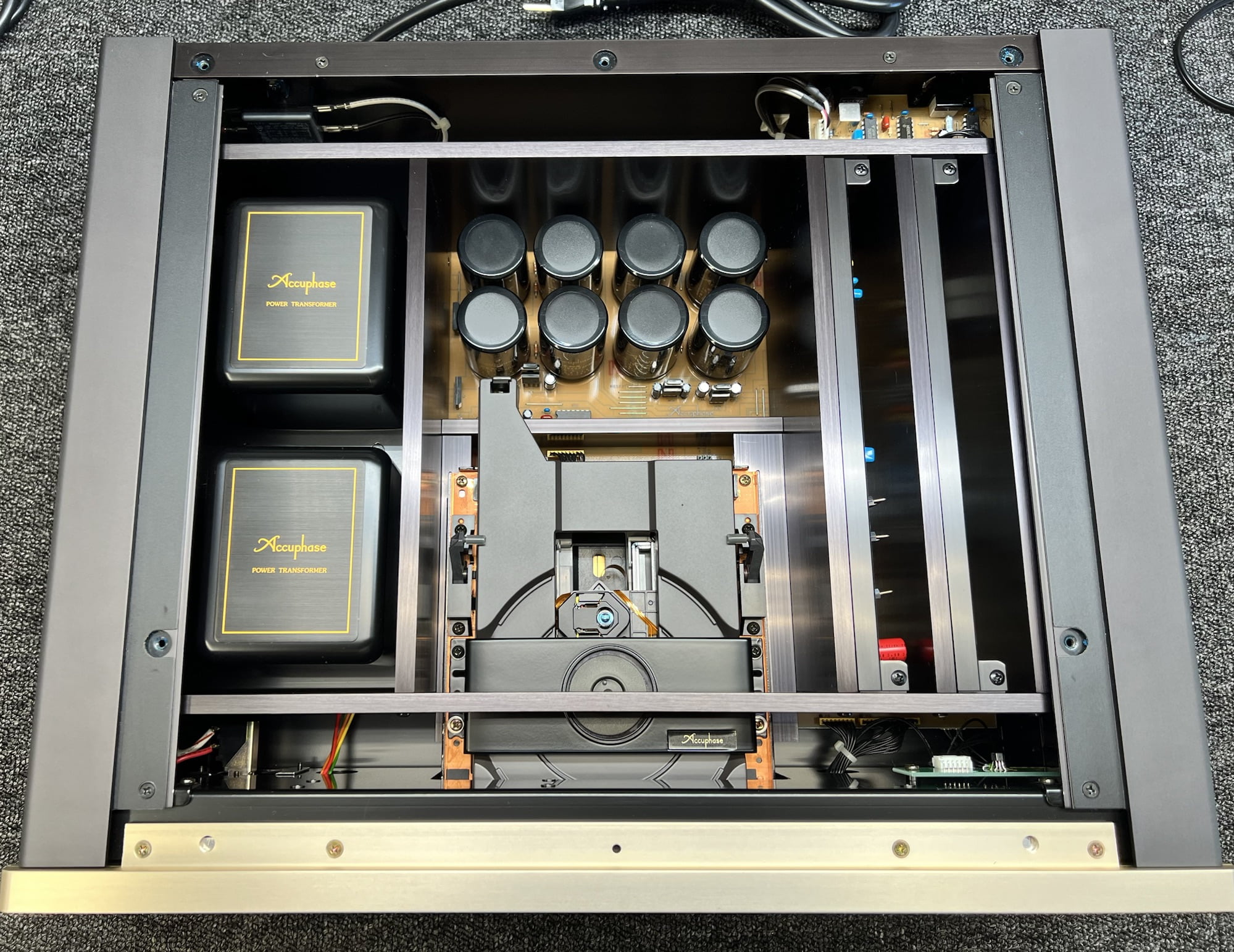
Look at these examples of wonderful older CD players and try to convince me that modern players that fail after three years are better.
But Mike, my Cambridge Audio whatever CD player has a Wolfson DAC!
Someone…
Great but tell me what good is that Wolfson DAC in a player that can’t load or read a disc any more because the junk plastic mech failed? It’s a serious question because I hear variations on this all the time. Who cares what DAC chip it uses if it’s made of the worst plastic and uses a switching power supply filled with Long Dong capacitors?
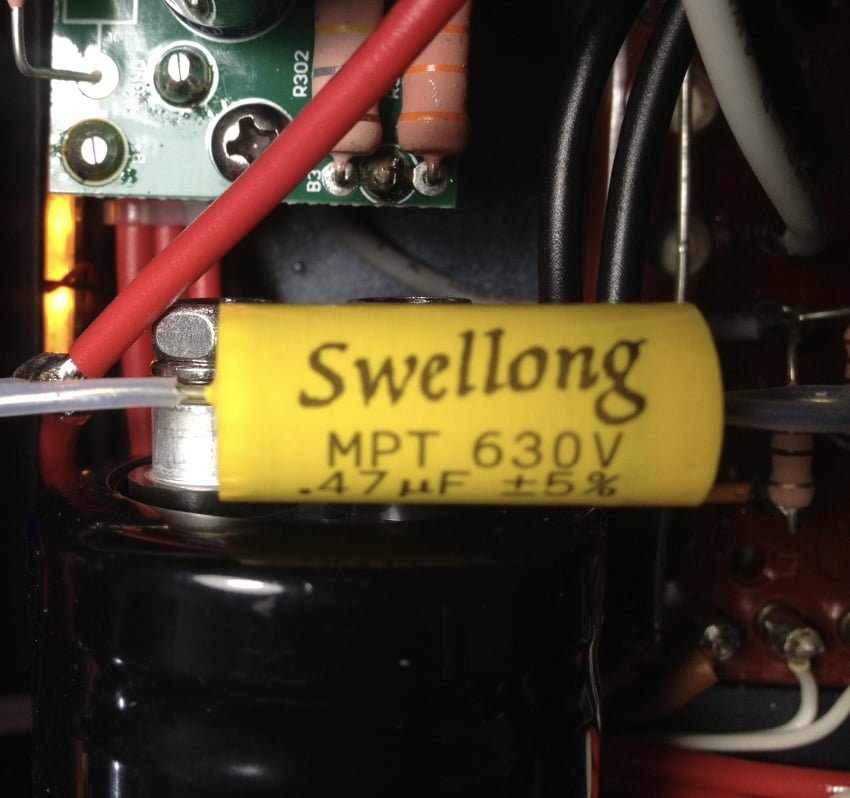
Decreasing Build Quality
I’d never thought I’d be saying this but, just as the golden age of turntables passed long ago and almost all the best turntables are the ones already out there, so it is now with CD players. Modern players are cheaply built with lasers that don’t last long. Some players need a new laser after just a couple of years, which is unacceptable in my opinion.
I constantly service CD players from the ’80s and ’90s, running their original lasers. Yes, some of them need repair, but for reasons often relating to their 30+ year vintage and failing capacitors and mechanical issues rather than lasers. I work on modern players too and I’ve replaced lasers and entire mechs that are three years old or less. THREE YEARS! This is how far we’ve come with all that “new technology”.
New technology isn’t much use if the device containing it is made of the world’s shitiest plastic. I’ve had customers tell me they wanted to throw their new CD players in the bin when they’ve failed after a few years. Do you think hi-fi store sales staff are going to tell you about this? They NEED to sell this junk to put food on the table, a real conflict of interest.
Let me know if you’ve ever walked into a hi-fi store and the salesperson told you that the classic CD player you own is much better than any of the new affordable junk they have in the store because that person and the store they work in deserve medals!
Compromise
The sound of a CD player depends on many elements: the CD drive used, error correction, power supply, analog output buffer design, internal layout, build quality and DAC architecture all contribute to the sound. This is how some older players can sound better than newer ones despite DAC architecture improvements – it’s not only about the DAC, and I’ve written about this.
Don’t get me wrong though, a good modern CD player, like the Accuphase DP-450, is a stunning-sounding machine, better than most older players, for sure. They also have multiple digital inputs which enhance flexibility and, being an Accuphase, this one is certainly well-built. But it’s also $11,000 AUD.
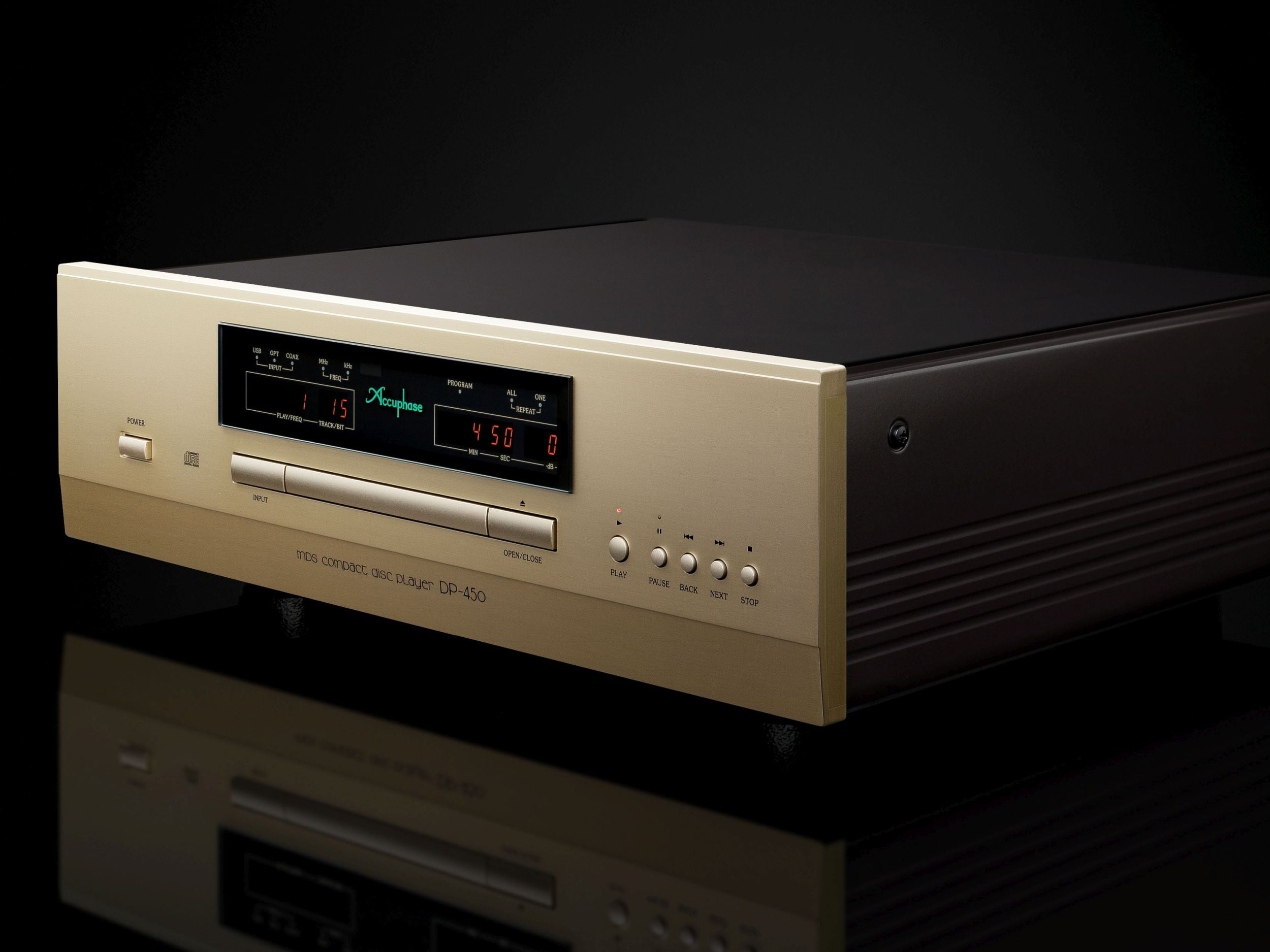
That being said, an older Accuphase CD player like the incredible 20kg Accuphase DP-75 for example is even better-built and probably sounds nearly as good.
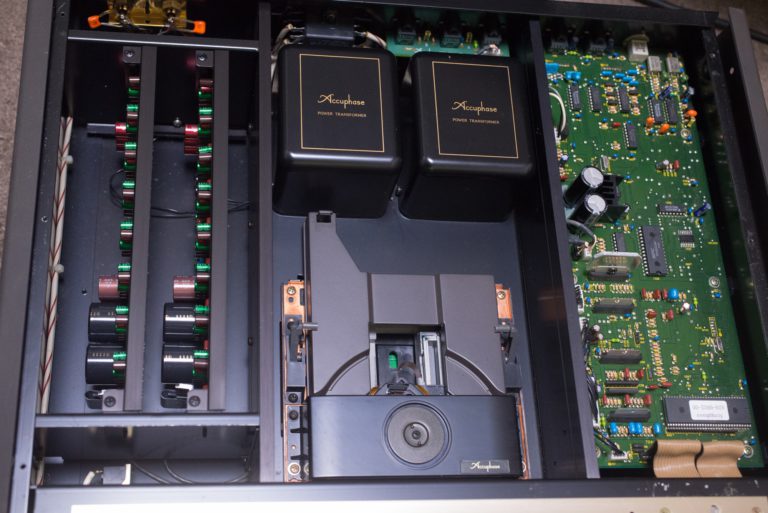
Best of Both Worlds
Integrated CD players, ie players containing both transport and DAC are always a compromise, in the sense that anything integrated is. A good, modern DAC, where the focus is more on the DAC itself, the power supply and the output buffer can significantly lift an older player that might have outstanding build quality, laser and mechanics but a dated DAC architecture. Want the best of both worlds? Get a classic player and a really good standalone DAC.
That’s what I’ve done with my Redbook CD and digital source playback chain and it’s breathed wonders into old and new source material. I use my Accuphase DP-90 (previously my Sony CDP-X7ESD) and iPhone 15 Pro Max as file sources or ‘transports’ and a superb new stand-alone DAC based on the AKM AK4499EX chipset, with discrete, balanced outputs.
This combination comfortably bests my previous Sony CDP-X7ESD as a stand-alone machine or used with the DAC. It has transformed my digital playback, and I still get to use an incredible classic CD player. It’s a win-win!

The Bottom Line
So it depends on what you want. Most people want something that will last – is that a new Marantz CD-6006 like the one I re-lasered in 2021 after just over two years of service? Or is it a 25-year-old Sony CDP XA-20ES for example, that still plays a disc as well as it did when it was new? I know which I’d rather own.
More
Read other FAQs I’ve written about CD players:
Read other articles I’ve written about CD players and DACs:
Discover more from LiQUiD AUDiO
Subscribe to get the latest posts sent to your email.
